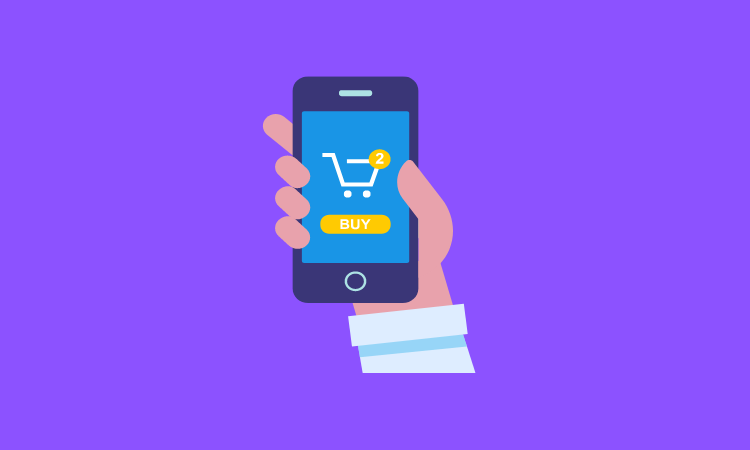Member Exclusive, Online Lenders
‘Banks can look at you and say, we don’t want to look at you’: Payability wants to serve the seller-entrepreneur
- Payability, a company that finances online SMBs, saw major success over the course of the pandemic.
- But creating a risk model that can shift and swerve through the world of seller sites is a challenge.









